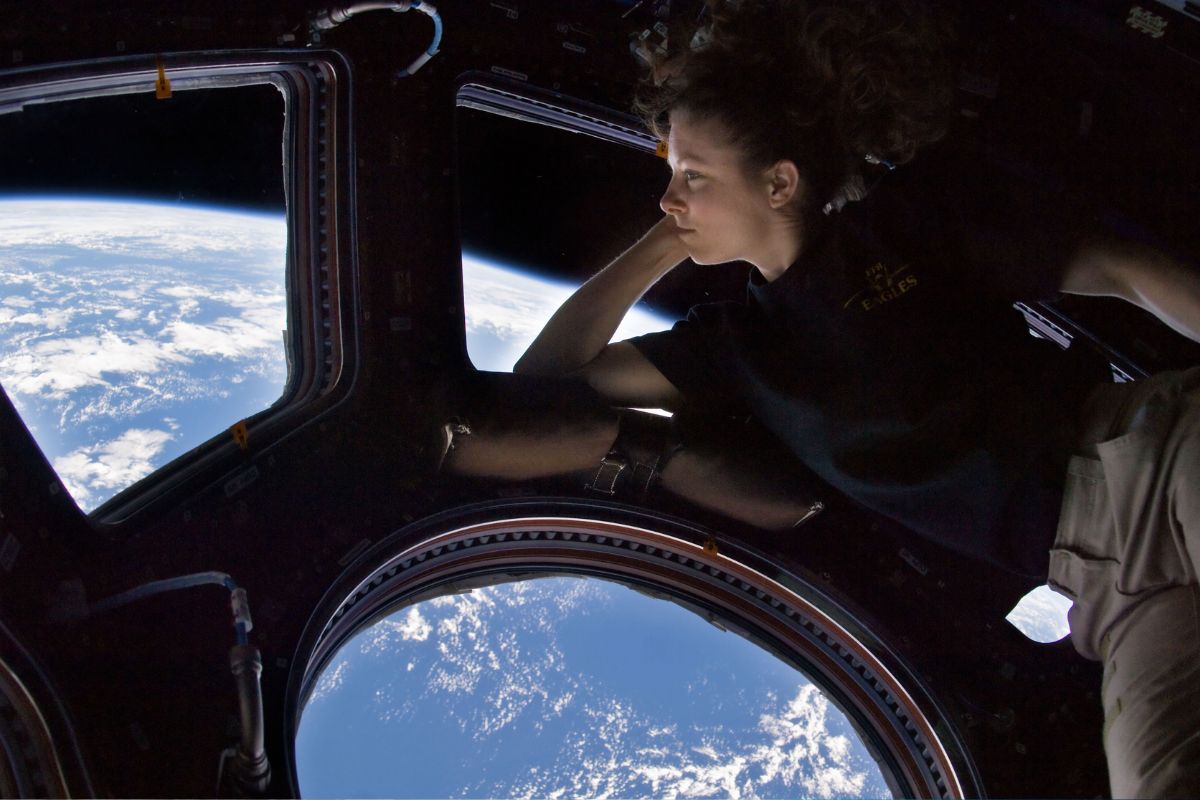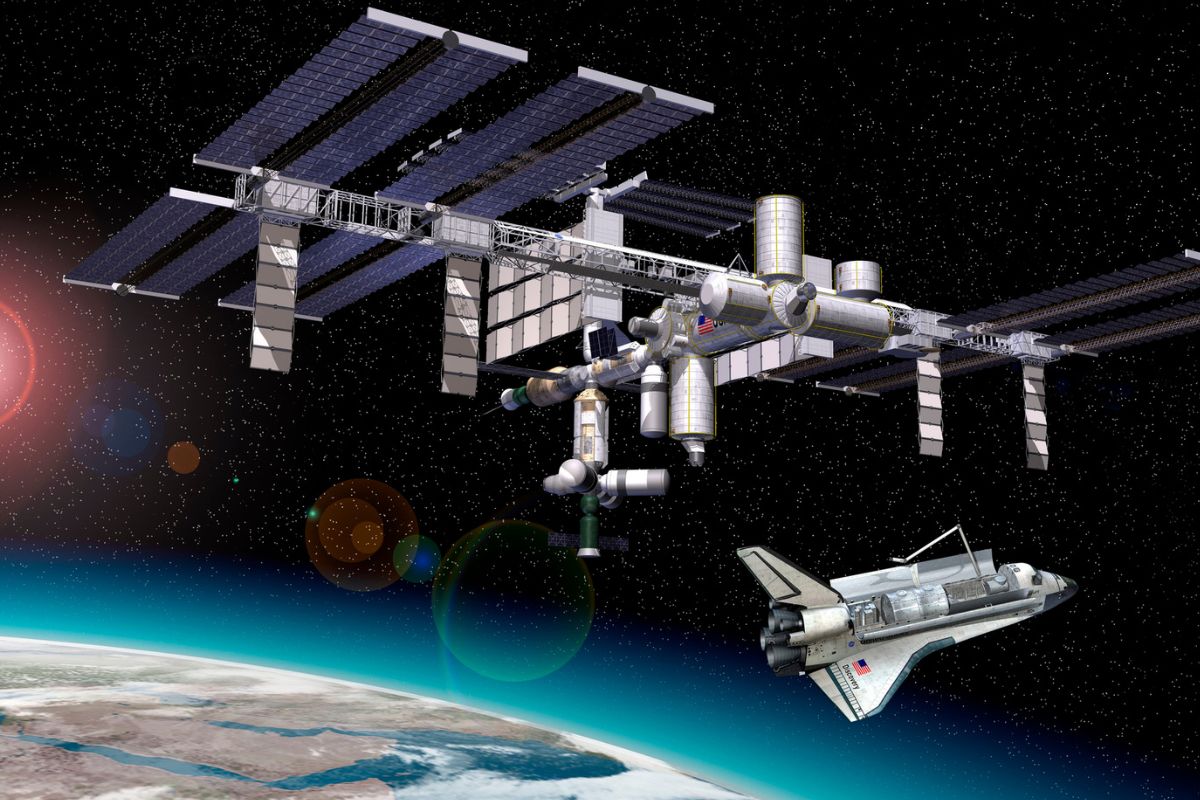The ISS team wears a shirt and a dedicated tablet app to track their wellness and wellbeing.
The team of astronauts aboard the International Space Station (ISS) is using wearable technology in the form of the Bio-Monitor, an all-in-one tech using a special shirt and dedicated tablet app.
The gadget makes it possible to monitor astronaut health while enabling new science.
By continuously monitoring astronaut physiological data with the wearable technology, researchers can learn a substantial amount of new information. This is beneficial because conventional medical science and monitoring on astronauts involves several devices such as blood pressure cuffs, electrocardiographs, ankle bracelet activity sensors, and fingertip oxygen saturation monitors, among others.

The bulkiness and clunkiness of these devices when going about everyday life on the ISS can hinder science as well as the activities as the astronauts who find them disruptive and time-consuming. That said, the Bio-Monitor makes it possible to combine those devices into a piece of clothing that records the wearer’s vital signs.
The system is currently able to monitor:
- Blood pressure
- Pulse and the heart’s electrical activity
- Skin temperature
- Breathing rate and volume
- Blood oxygen saturation
- Physical activity levels
The wearable technology is comfortable and can be worn while exercising or even during sleep.
The system is designed to work with an app accessible to the astronauts. That said, more importantly, it also transmits the information to the ground where scientists are able to monitor the health of the astronauts at all times.
There are several reasons the Bio-Monitor wearable technology is being used by the astronauts on the ISS. These include recording vital signs in a way that isn’t intrusive to the astronauts in their daily lives or while they try to sleep. It also replaces several other forms of larger equipment with a single garment that does it all. The data is sent directly from space providing the opportunity for faster analysis by experts on the ground.
This technology also has the opportunity to be developed for people living here on Earth. It could be particularly helpful for people who are homebound, bedridden, or who live in rural communities where medical support access is limited. It could also be beneficial when worn by people working in dangerous environments such as industrial sites, factories or mines.


